How two Turkish women have been making Istanbul a hub for contemporary art
Now in its third year, ArtInternational Istanbul – Turkey’s youngest contemporary art fair – has been bringing renowned international galleries and collectors to Istanbul, both from the region as well as further abroad. Though it, along with other institutions such as Contemporary Istanbul and Istanbul Modern, have firmly established themselves by the Bosphorus, it hasn’t been particularly easy. Turkish galleries and art institutions are predominantly privately owned and supported – as in Iran, for instance) – and receive little support (if any) from the government. As a result, certain collectors, entrepreneurs, curators, and enthusiasts, responding to the exigencies of time and place, have taken on the responsibility of establishing venues and undertaking
projects on varying scales for the exhibition and promotion of contemporary art. Sevda Elgiz and Başak Şenova are two such examples.
Along with her husband, Can Elgiz, Sevda Elgiz founded the Elgiz Museum of Contemporary Art (Elgiz Çağdaş Sanat Müzesi) in 2001. The first of its kind in Turkey, the museum continues to host noteworthy exhibitions, as well as serve as a resource for art connoisseurs and provide educational programmes.
Başak Şenova is a curator and designer. Among other things, she edits a number of art-related publications and book series (e.g. Kontrol, art-ist 6), lectures at universities, and writes about art, technology, and media. In 2009 at the 53rd Venice Biennale, Şenova curated the Turkish Pavilion, and has, more recently, curated Macedonia’s at the ongoing 56th edition.
With ArtInternational Istanbul fast approaching, I recently spoke with both Sevda, who sits on its Board of Directors, and Başak, who has been curating its video programme, about the art fair, their own projects, and the contemporary art scene in Turkey. As an additional taste of things to come, images of artworks that will be exhibited throughout the fair have also been included.
Sevda, what prompted you to open the Elgiz Museum?
Sevda – My husband is an architect and engineer. When he was in school, he was very interested in art, but was not a collector. When we got married, we started to go to exhibitions, but I was not really involved or interested in art. I did my studies in Italy, graduating in Political Science, and my goal was to become the ambassador of Turkey in Italy. Unfortunately, I did not fulfill that ambition. Together with my husband, I started to go to exhibitions to particularly follow contemporary art, and it became a passion for both of us. We bought the work of Turkish artists at the beginning, and later, developed an interest in international art.
When we started to buy art, it was just for having at home on our walls. Later, we found ourselves with no more space, and we were not content with what we were buying; like children, we wanted more and more! So, without any intentions, we started to collect a significant amount in terms of the number of works and the [quality of the] artists. It was the beginning of the 80s when we started to buy intentionally, and not for decorative purposes like we did initially. Soon, we started to follow artists, museums, and exhibitions, and became part of a community. I can say ‘community’, because there were many collectors at that time, and they were always the same ones. We were going to fairs and coming out together, talking and asking each other about what we had bought. There was a dialogue between collectors; it was nice coming together, and [buying art] was not [seen as] an investment, like it is today. Now, there are plenty of collectors who spend their money, but it is mostly for investment purposes. They used to come and ask me, ‘what should I buy that will make a good investment?’ I would say, ‘OK, this is not my job! If I knew, I’d do it myself!’
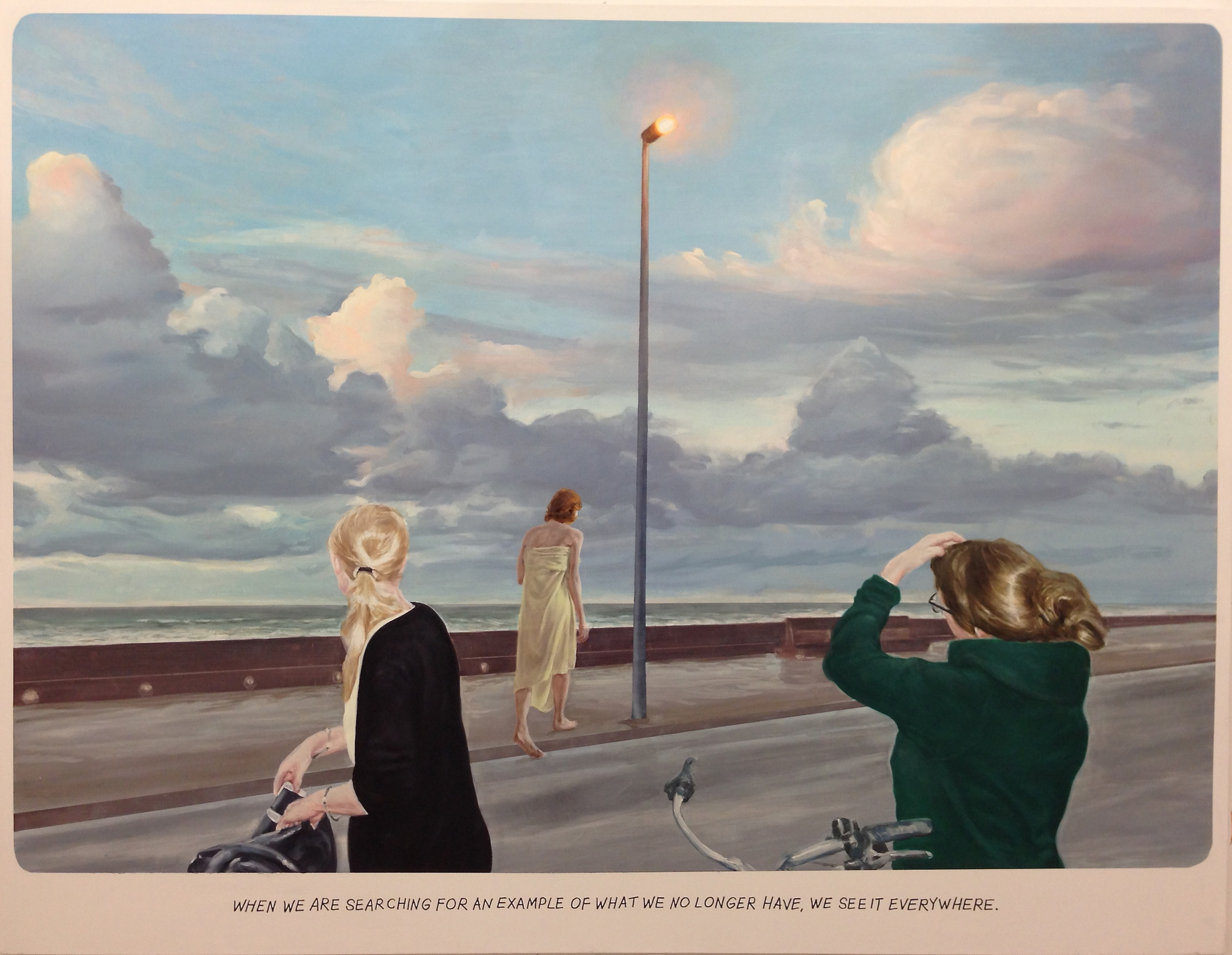
Muntean/Rosenblum - Untitled (When We Are …) (courtesy Horrach Moya)
We love to live with art. We buy what we love; if we fall in love with an artwork, we buy it. 30 years ago, we bought works by young artists we didn’t really know would become established ones.
Why do you think it took so long for Turkey to boast its own museum of contemporary Turkish art?
Sevda – We still don’t have a museum founded by the government or financed by municipalities for contemporary art; they are all privately-owned. Maybe we were the first businesspeople who [felt we] had this responsibility, being collectors, to open a space for artists and to support contemporary art; but, nowadays, this has become a responsibility for many other businessmen as well. Unfortunately, contemporary art is not in the interests of our government.
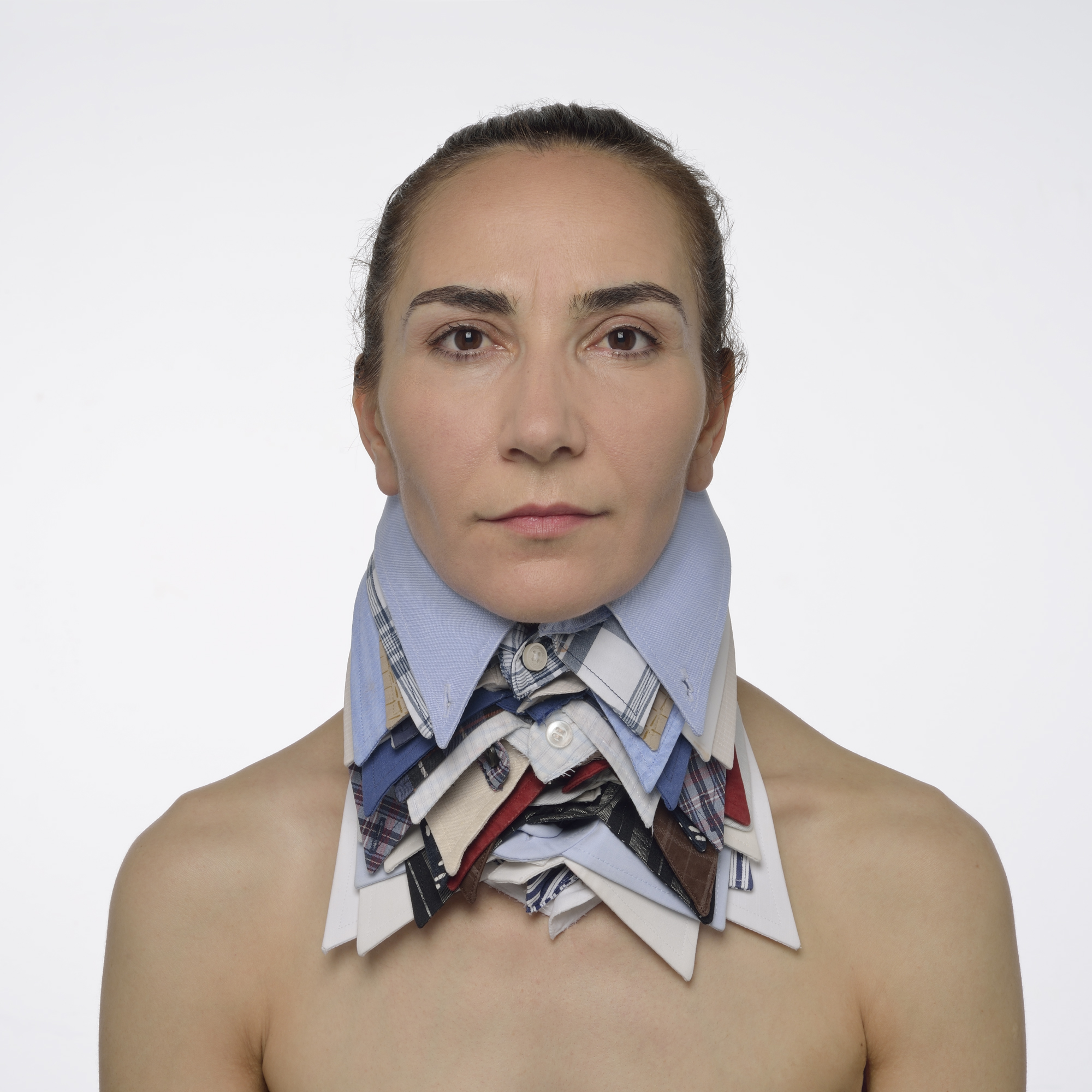
Mehtap Baydu - Long Neck (courtesy Galeri Nev)
Why do you think that is?
Sevda – Well, we have such a rich history; there’s so much art (e.g. Ottoman, Byzantine, etc.) that contemporary art doesn’t look as interesting to them. And, perhaps in contemporary art, there are too many abstract and conceptual subjects, which do not interest them, either.
Do you think some artists or their works could be seen as ‘threatening’ to the government? Are they too critical of politics, perhaps? Could that be why the government is hesitant to invest in or support certain artists?
Sevda – We have art that is critical of the government, and while artists may not be completely comfortable, they’re free to make such art; but this is not the reason why we don’t receive financing from the government. Maybe it will take some more time. Now, the current government is much more interested in our past than in the future of our art.
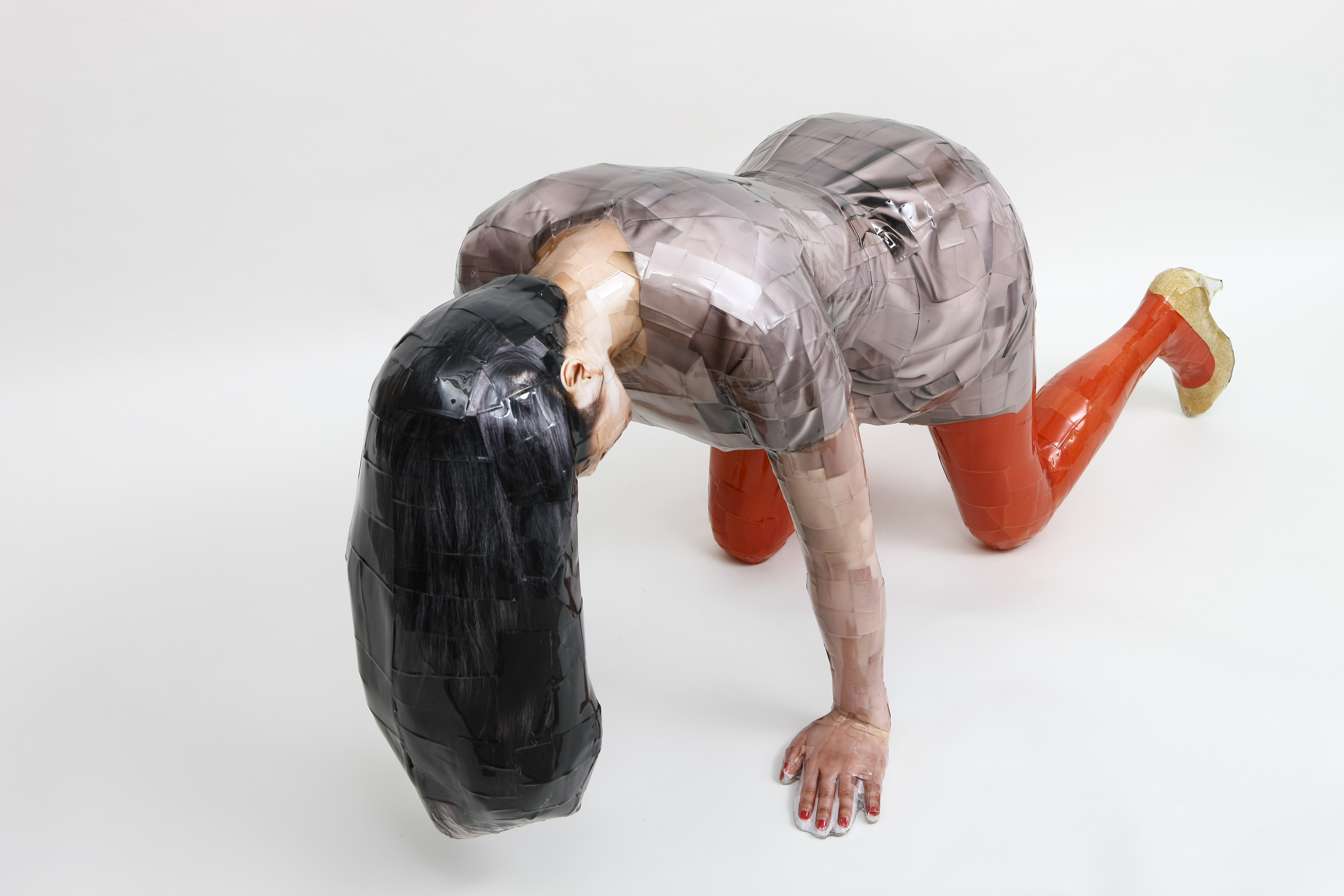
Osang Gwon - Red (courtesy Galerie Paris-Beijing)
So, you don’t think there are any real censorship issues when it comes to contemporary Turkish art?
Sevda – Not officially, but yes, sometimes we see that [certain artists] are not allowed to go ‘further’ in their work. The government doesn’t like [critical works], but they don’t have the ability to forbid their production.
Aside from the lack of government support, how has the current government impacted the sale, promotion, and creation of art? Has it had much of an influence?
Sevda – No, for contemporary art I can’t say that it has.
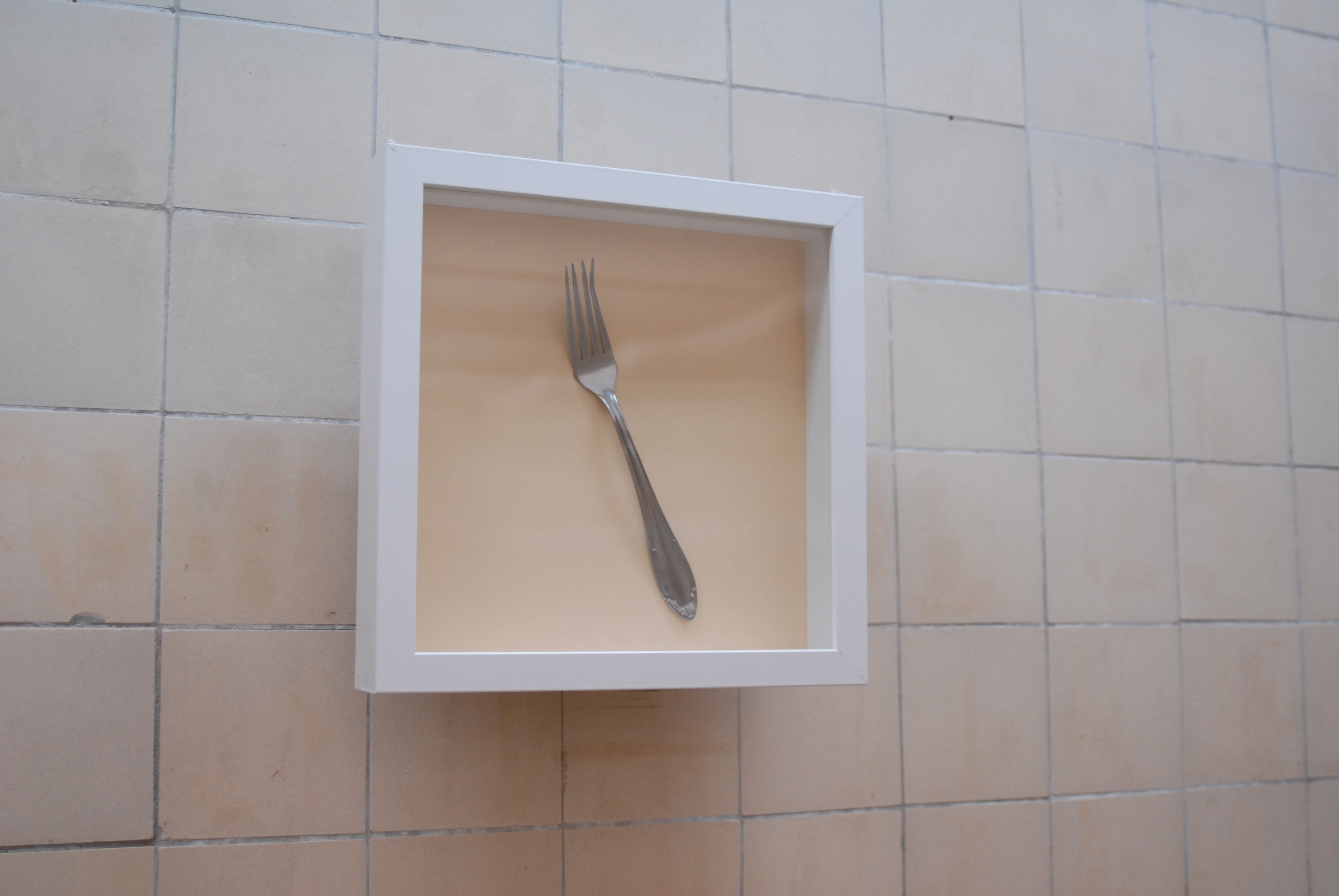
Elmas Deniz - The Fork (courtesy Pilot)
Aside from archiving works and displaying them, what role does the museum play in supporting contemporary Turkish artists and the local art scene?
Sevda – We have a jury of academic pupils and professors from fine art faculties. For three years, we have been supporting sculpture. The jury selects around 20 artists, and they come to exhibit their work in our open-air terrace. Since we receive many more international visitors than local ones, we help to make visible the sculptures of Turkish artists; this is also a mission of our museum.
The current government is much more interested in our past than in the future of our art
We also have educational programmes for young children; they gain knowledge, and have their first contact with contemporary art here. We have an archive where all the artists can store their portfolios and catalogues, so that whomever is interested can come and see what is happening in the Turkish art scene. [As well], we put on thematic exhibitions from our collection. We have a permanent exhibition of works from our private collection, but in another part of the museum, we have temporary, thematic exhibitions. This is [an incentive] for Turkish artists to come to the openings, meet people, and view their works in an international frame.
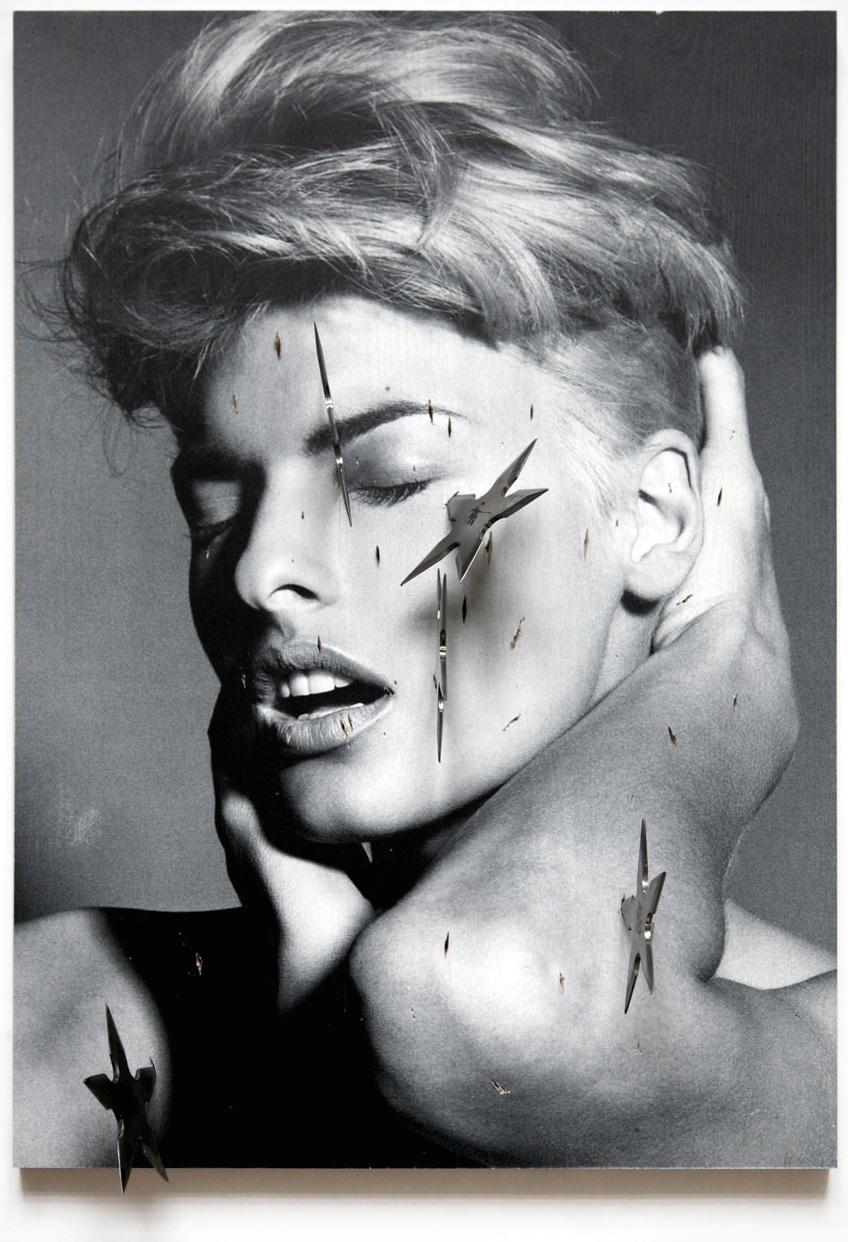
Iv Toshain – Shooting Stars – Linda After Steven Meisel (courtesy Galerist)
We think that the responsibility of the collector is to make visible the works that they own. I mean, you cannot keep them in storage rooms, in houses, in private spaces; you have to share them and make them accessible to the public, and this is what we are doing.
Which is fantastic. Now, you mentioned that you have more international audiences than Turkish ones; what, do you think, is the reason for that?
Sevda – We are the first institution dealing with contemporary art in Istanbul; we founded the space in 2001. Since contemporary art was not well-known at the time, many people coming to visit Istanbul were looking for contemporary art – not Ottoman or Byzantine art. On the Internet, one of the first search results is our museum. For five years, we were alone in the contemporary art scene in Istanbul, but now, as you know, there’s Istanbul Modern, the Pera Museum, and the Sakıp Sabancı Museum, as well as plenty of galleries and collectors who have opened their collections to the public. People coming to Istanbul, if interested, absolutely come and see our space.
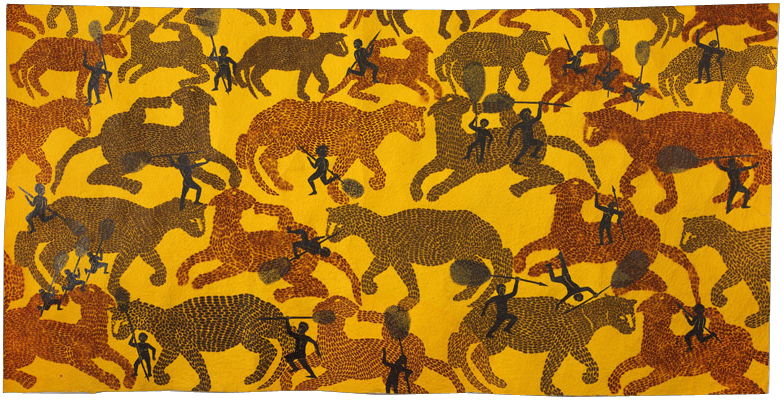
Selma Gürbüz - There to Here, Here to There (courtesy Rampa)
Do you think this will change any time in the future? Will we see more of a balance between Turkish and international audiences?
Sevda – Yes, it will be balanced, because of the sculptures, [and the fact that] we change our collections from time to time; so, Turkish audiences will also become interested. People of the new generation – young ones especially – are very, very interested, and are also starting to buy their own collections. So, in the future, if the political scene is [favourable], the art scene will also continue to develop.
Why do you think a fair like ArtInternational, in particular, is important for the Turkish art scene? Wasn’t it enough to have Contemporary Istanbul, for instance?
Sevda – The more international institutions we have in Istanbul, the more it will help Turkish art become globalised. We have few well-known artists outside Turkey; when foreign galleries come and join the fairs, they get in touch directly with Turkish artists, and open doors for them; so, it’s a good opportunity for Turkish artists to get in the international scene through these fairs.
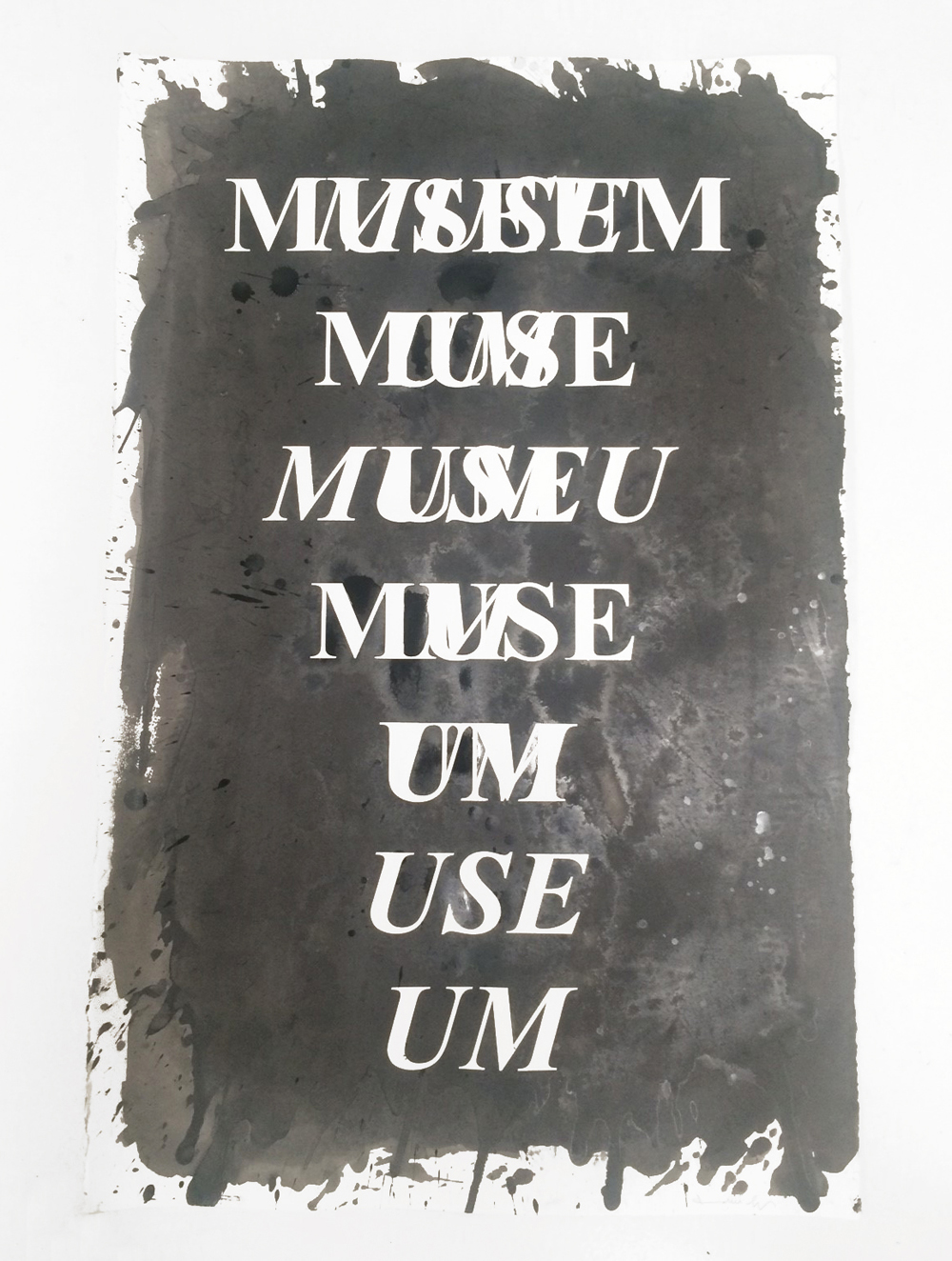
Kendel Geers - The World Made Flesh (Museum) (courtesy ADN Galeria)
ArtInternational is only three years old, but all the important galleries have come and joined this young art fair in Istanbul. They don’t have any concerns to come and participate in a fair that is only three years old, because they make good sales, it’s good for business, and they meet quality collectors and buyers.
[Young people] are very, very interested [in contemporary art], and are also starting to buy their own collections … If the political scene is [favourable], the art scene will also continue to develop
Başak – If you ask me, it is not possible to compare these two fairs with one other. In terms of their function, vision, target audience, outcome, format, and focus, they are quite different. For me, the most important thing about a fair is the artistic programme, along with talks, screenings, artistic interventions, and panels. Since the beginning, ArtInternational Istanbul has fulfilled my expectations regarding these issues. Furthermore, I find ArtInternational Istanbul quite selective in terms of the participating galleries. Therefore, I like the scale of the fair; it is not a giant or overloaded fair, but a very perceptible and visitor-friendly one. Last but not least, the spatial design of the fair is very well-thought-out and synchs nicely with the location of the Golden Horn; I do appreciate Erhan Patat’s design a lot.
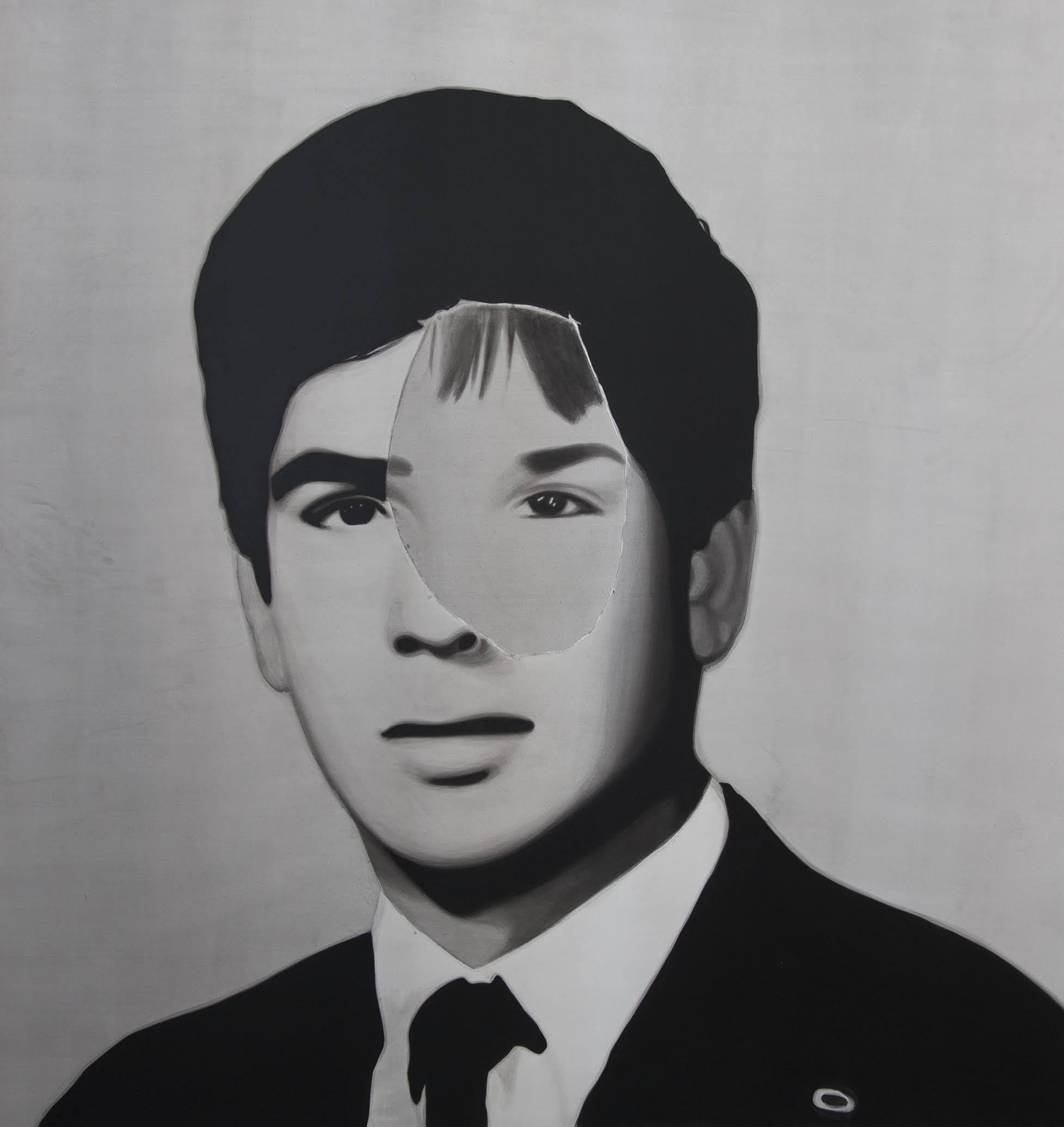
Erol Eskici - Nilüfer - Sancar (courtesy Sanatorium)
Does the fair have any programmes that others in Istanbul don’t?
Sevda – In the Turkish market, what we need is to have both ArtInternational and Contemporary Istanbul. It is nice, because they offer to the market the best in international and Turkish art.
Başak, What do you have planned for this year’s video programme? What can we expect to see?
Başak – Videos on Stage traces secret road maps of personal histories, stories, memories, and dreams about wounds and ruins. Some wounds heal, leaving nothing behind, but a scar and some wounds stay with a pain that lingers. While indicating the infinity and cruelty of time, ruins also stabilise the sense of ephemerality. The correlation between wounds and ruins could branch out into multiple narratives, perspectives, entities, and realities that exist and possess at the same moment.
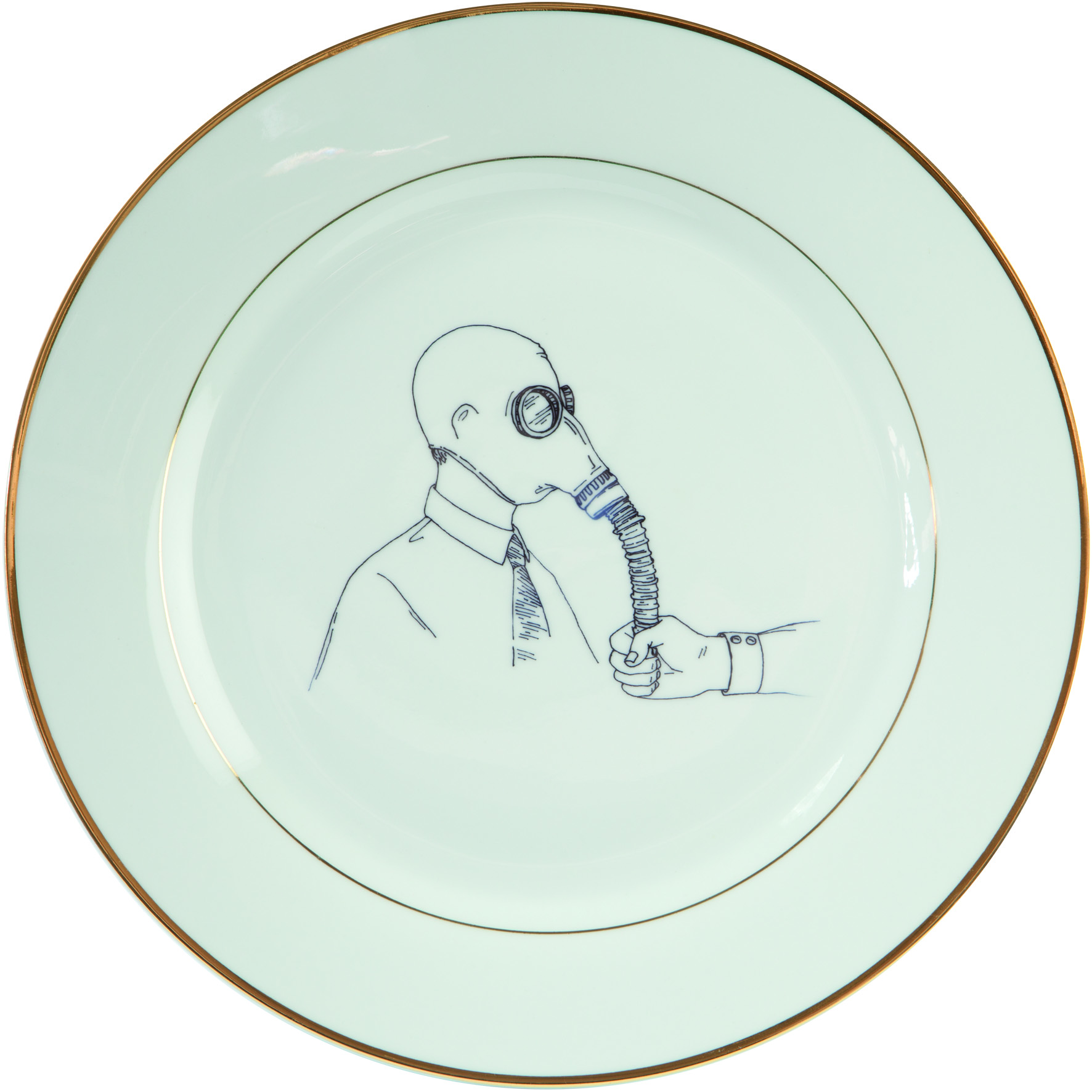
Nikita Kadan - Procedure Room (Plates) (courtesy Waterside Contemporary)
The Ruins and Wounds selection consists of three chapters that gather works according to their thematic and form-based links to each other. Each work invites the viewer to enter the maze of temporalities, while witnessing and grasping the wounds. Javier Pérez, Payam Mofidi, Levi van Veluw, Claudia Larcher, Hacer Kıroğlu, Juan Pablo Ordúñez / MawatreS., Amparo Sard, Oliver Ressler, Karen Mirza and Brad Butler, Maria Friberg, Joanna Rajkowska, and Aglaia Konrad will take part in this year’s selection.
Every year, I work on a different conceptual framework. Nonetheless, over the last three years, links among the themes, techniques, artistic approaches, and visual language have formed in an inevitable way. Therefore, there is a noticeable consistency in the formation of the Videos on Stage.
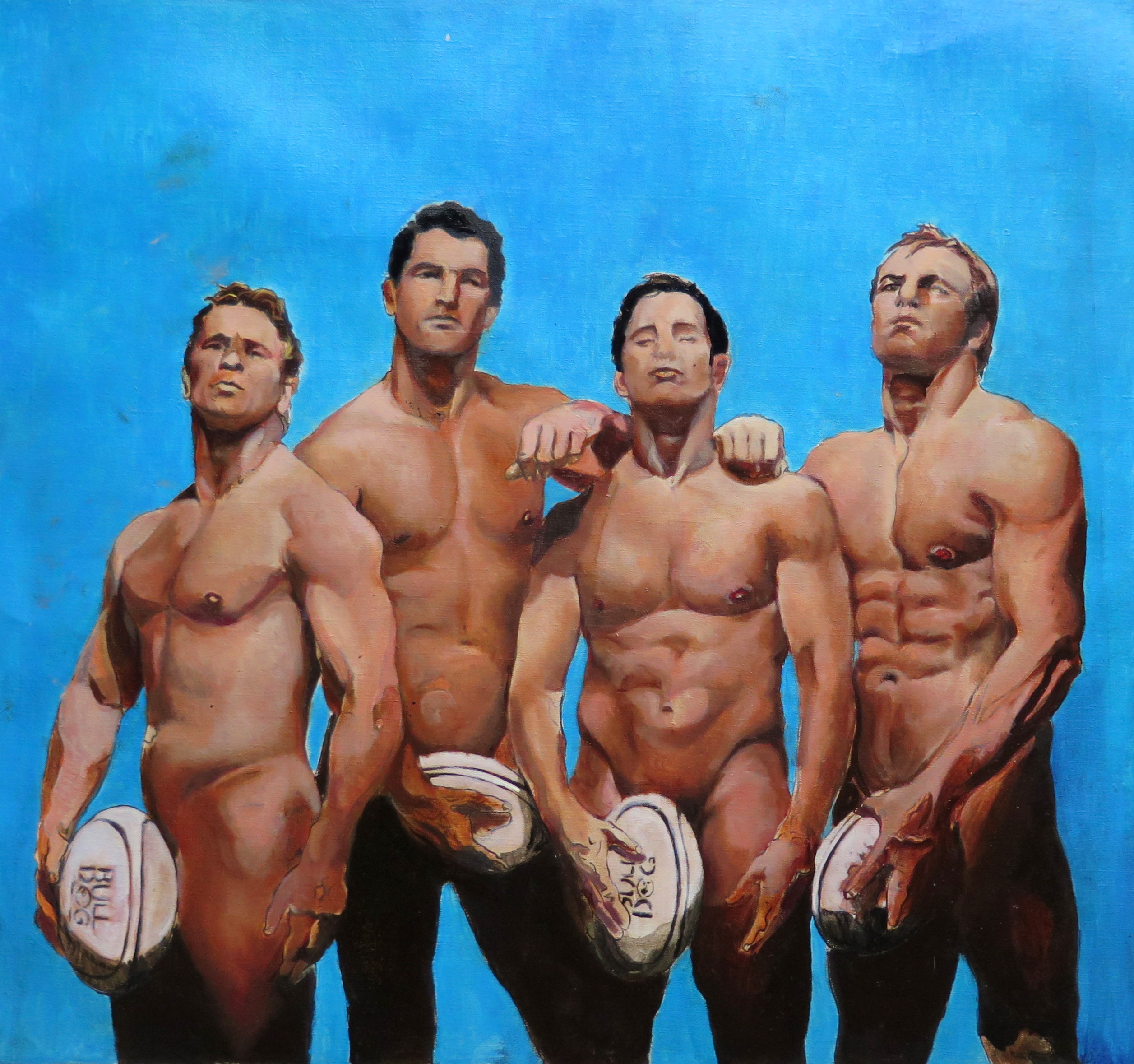
Murat Şahinler - Untitled (courtesy Pilot)
How do you go about choosing which videos to exhibit?
Başak – After the confirmation of the participating galleries, I ask all of them to propose video works according to the conceptual framework of the year. At the same time, I also approach some artists and galleries to ask for specific works. So, since 2012, I have been watching many video works all through the summer. Then, I make a very limited selection by dividing them into chapters. During the fair, these chapters repeat every day in order to allow audiences to find the time to see them according to their own schedules.
How will the Elgiz Museum support the upcoming edition of ArtInternational?
Sevda – I’m on the board of ArtInternational, and my husband sits on the board of Contemporary Istanbul. We feel responsible to promote what is in our country for international fairs, for galleries, and for collectors. We are hosting people coming to the fair; we want them to be happy when they leave, and we also want Turkish audiences to see great works from the galleries.
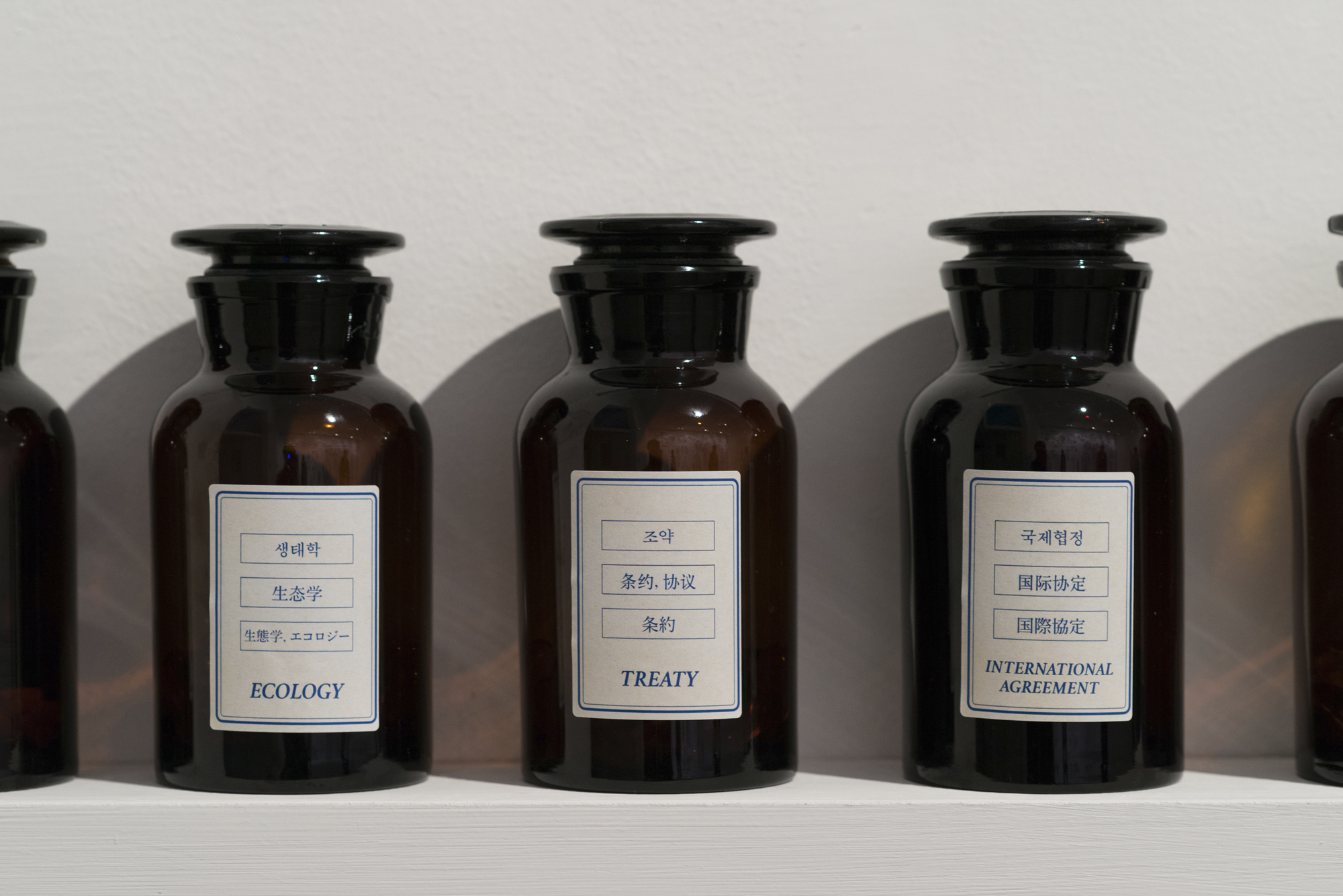
Muntadas - On Translation: The Pille (courtesy Galeria Joan Prats)
How do you feel about the state of contemporary art in Turkey today?
Sevda – We think that contemporary art is a way of modern Turkey. You can see, through contemporary art, how modern Turkey wants to be, and how it wants to be integrated internationally to become globalised, because contemporary art is an instrument that benefits generations. I mean, artists do something for the future; they have the heritage of their past culture, but are also producing for the future of the country – so we have to support contemporary art. Contemporary art is a phenomenon at the moment, and in Turkey as well, educated people [have not been able to] ignore it. As I told you, businessmen are opening spaces, and young buyers are forming collections, and this has created a market. We have so many galleries, and have exhibitions everywhere; it means that the production of contemporary art is still in line with the demand for it.
ArtInternational Istanbul runs between September 4 - 6 in Istanbul.
Cover image: Serkan Adın - Untitled (courtesy x-ist).

